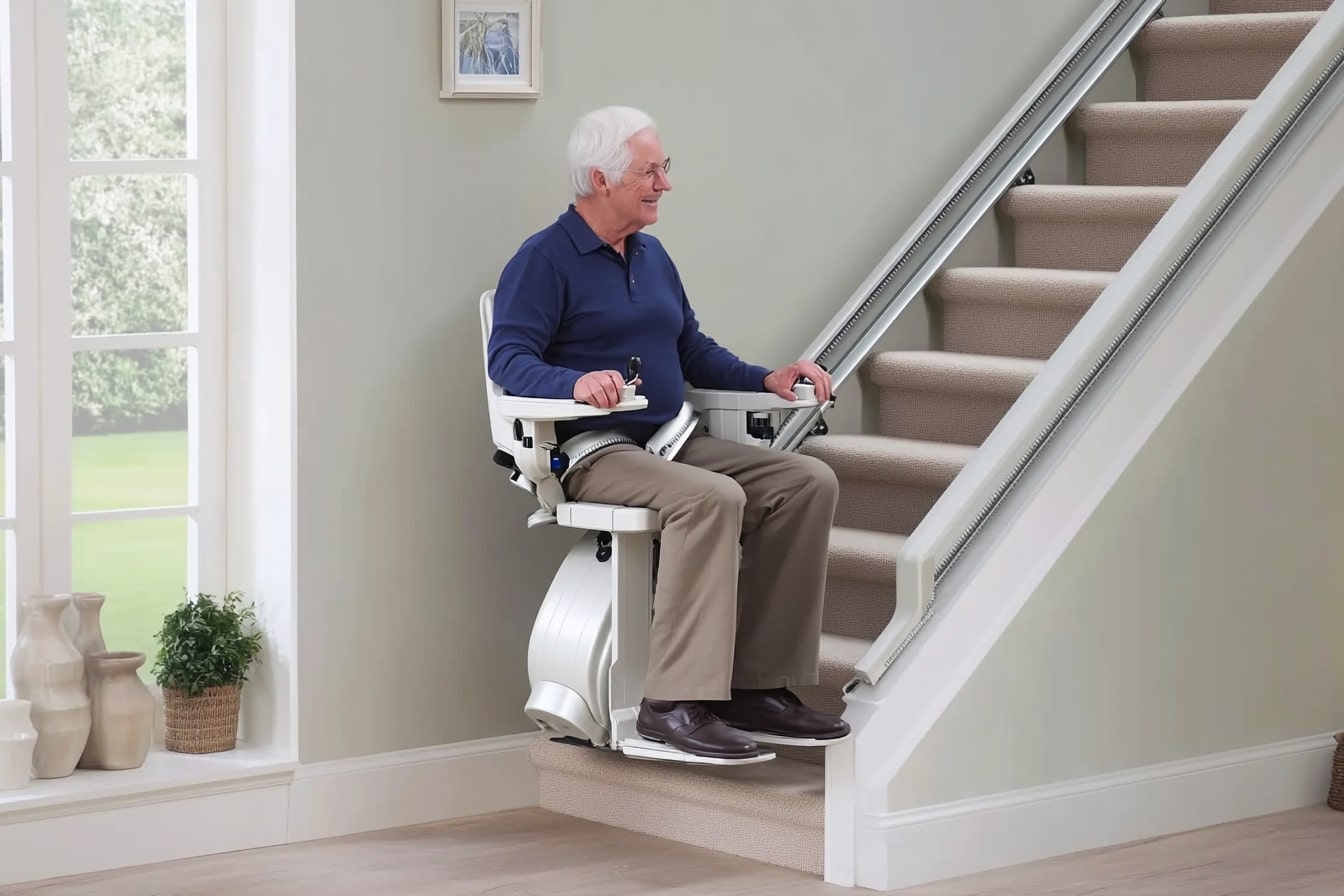Modern Fat Removal Methods in the United Kingdom: Options and Considerations
Fat removal procedures have evolved significantly in recent years, offering individuals various options to address stubborn fat deposits that resist diet and exercise. The United Kingdom provides access to numerous established and emerging fat removal techniques, each with distinct approaches, benefits, and considerations. Understanding these methods can help individuals make informed decisions about their body contouring goals while weighing the associated risks and realistic expectations.

What Are the Common Fat Removal Methods in the UK?
Several fat removal techniques are widely available across the UK, ranging from surgical to non-invasive approaches. Traditional liposuction remains one of the most established methods, involving the surgical removal of fat through small incisions using a cannula and suction device. This procedure can address larger areas and provides immediate, dramatic results.
Non-surgical alternatives have gained popularity due to their reduced downtime and lower risk profiles. Cryolipolysis, commonly known by brand names like CoolSculpting, uses controlled cooling to freeze and destroy fat cells. Radiofrequency treatments heat fat cells to cause their breakdown, while ultrasound-based procedures like UltraShape use focused energy to target fat deposits without affecting surrounding tissues.
Injection-based treatments such as Aqualyx involve the administration of compounds that break down fat cell membranes, allowing the body to naturally eliminate the destroyed cells over time. These methods typically require multiple sessions and show gradual results over several months.
Key Factors to Consider Before Treatment
Selecting an appropriate fat removal method requires careful evaluation of multiple factors. Individual body composition, the specific areas requiring treatment, and realistic expectations play crucial roles in determining the most suitable approach. Age, skin elasticity, and overall health status can significantly influence treatment outcomes and recovery processes.
The extent of fat reduction needed often dictates the most appropriate method. Surgical options like liposuction can remove larger volumes of fat in a single session, while non-invasive treatments work better for smaller, localized deposits and may require multiple appointments to achieve desired results.
Recovery time represents another critical consideration. Surgical procedures typically involve several weeks of healing and activity restrictions, while non-invasive treatments often allow immediate return to normal activities with minimal discomfort. Professional consultation with qualified practitioners is essential to assess individual suitability and discuss potential risks or complications.
Possible Benefits of Fat Removal
Fat removal procedures can provide both aesthetic and psychological benefits when performed appropriately. Many individuals experience improved body contour and enhanced confidence following successful treatments. These procedures can address areas that remain resistant to traditional weight loss methods, helping achieve more proportionate body shapes.
Beyond aesthetic improvements, some individuals report increased motivation to maintain healthier lifestyles following fat removal treatments. The visible results can serve as encouragement to continue proper nutrition and exercise routines, potentially supporting long-term weight management goals.
However, it’s important to understand that fat removal procedures are not weight loss solutions or substitutes for healthy lifestyle choices. The most satisfactory outcomes typically occur when individuals maintain stable weights and realistic expectations about the extent of possible improvements.
Laser Liposuction: A Closer Look
Laser liposuction combines traditional fat removal techniques with laser energy to potentially improve skin tightening and reduce recovery time. This method uses laser fiber inserted through small incisions to liquefy fat cells before removal, which may result in less tissue trauma compared to conventional liposuction.
The laser energy can stimulate collagen production, potentially improving skin texture and reducing the loose skin sometimes associated with traditional fat removal. This dual benefit makes laser liposuction appealing for individuals concerned about skin tightening in treated areas.
Recovery from laser liposuction typically involves less bruising and swelling than traditional methods, though individual experiences vary. The procedure still requires proper aftercare, including compression garments and activity restrictions during the healing period.
Comparison of Fat Removal Options in the UK
Understanding the differences between available fat removal methods helps individuals make informed choices based on their specific needs and circumstances. Surgical options generally provide more dramatic and immediate results but involve greater risks and longer recovery periods. Non-invasive alternatives offer convenience and minimal downtime but may require multiple sessions and provide more subtle changes.
| Treatment Type | Provider Examples | Cost Estimation | Recovery Time |
|---|---|---|---|
| Traditional Liposuction | Transform Hospital Group, Nuffield Health | £2,000-£6,000 per area | 2-6 weeks |
| Laser Liposuction | The Private Clinic, Harley Street clinics | £3,000-£8,000 per area | 1-4 weeks |
| CoolSculpting | sk:n clinics, The Hospital Group | £600-£1,200 per cycle | Immediate return |
| Radiofrequency (Vanquish) | PHI Clinic, various aesthetic centers | £300-£800 per session | Same day |
| Aqualyx Injections | Various cosmetic clinics | £200-£500 per session | 1-3 days |
Prices, rates, or cost estimates mentioned in this article are based on the latest available information but may change over time. Independent research is advised before making financial decisions.
The effectiveness and suitability of each method depend on individual factors including treatment goals, budget considerations, time availability, and personal risk tolerance. Consulting with qualified practitioners who can assess individual circumstances and provide personalized recommendations remains essential for achieving satisfactory outcomes.
Fat removal procedures continue evolving with advancing technology and techniques. While these treatments can provide valuable benefits for appropriate candidates, they require careful consideration of all factors involved. Individuals considering any fat removal method should prioritize safety, realistic expectations, and professional guidance throughout their decision-making process. Proper research, consultation with qualified practitioners, and understanding of both benefits and limitations ensure the most appropriate treatment choices for individual circumstances.
This article is for informational purposes only and should not be considered medical advice. Please consult a qualified healthcare professional for personalized guidance and treatment.




